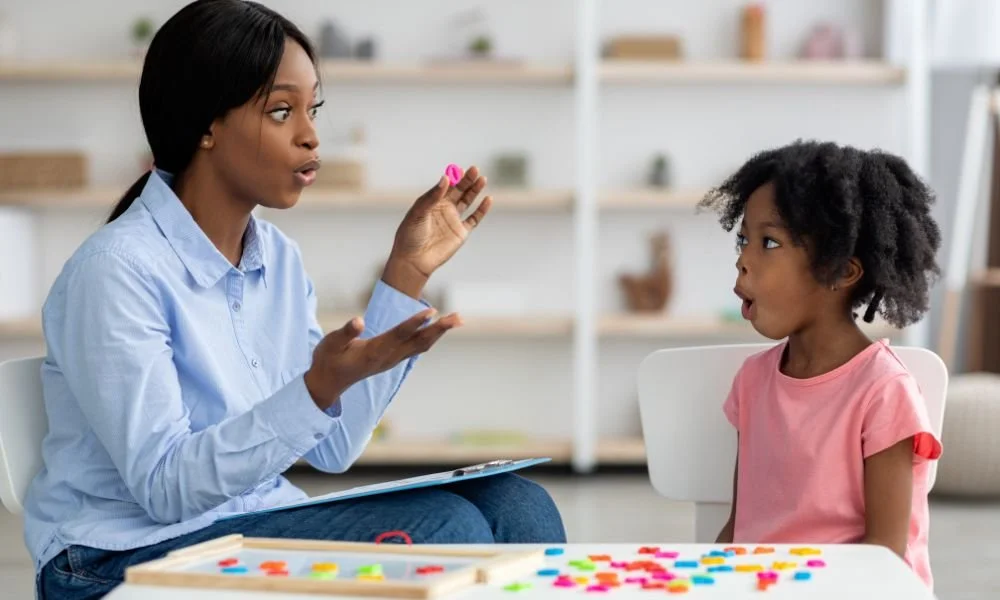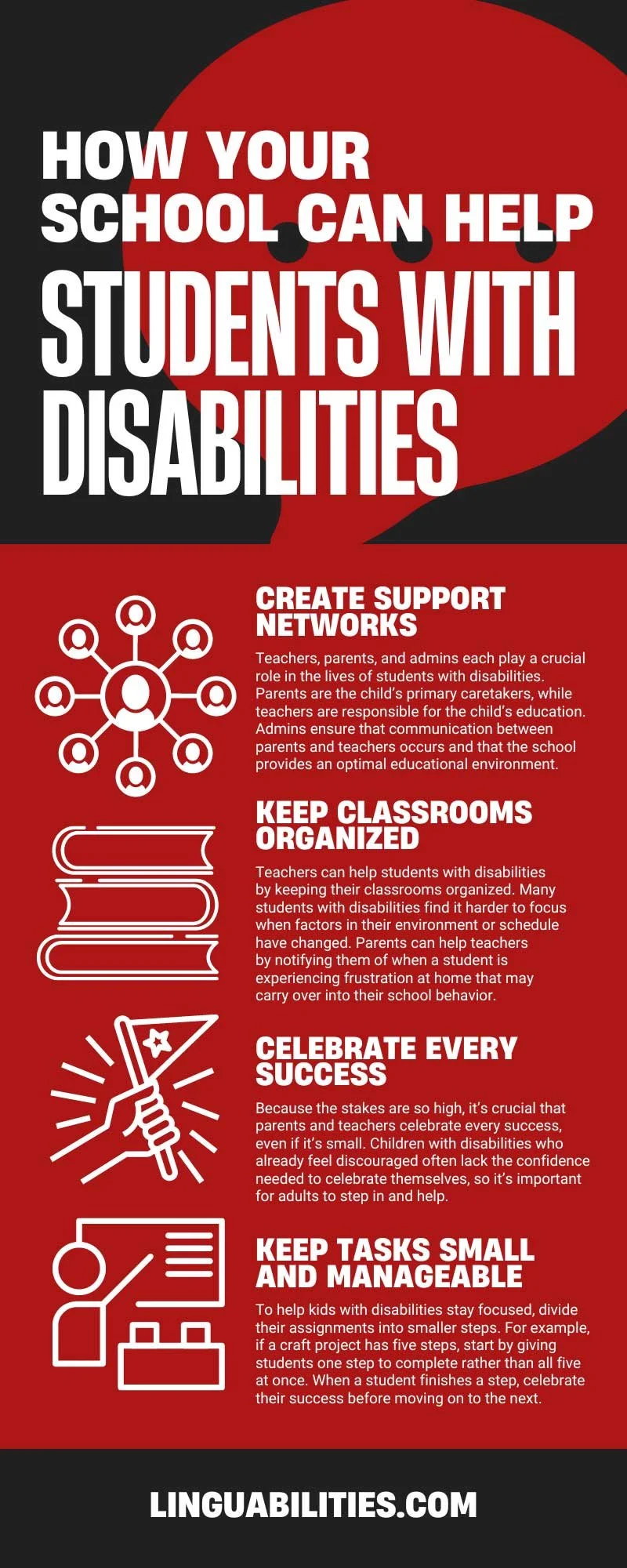Anyone who works in education knows how hard it is to reach every student. Despite their best efforts, teachers don’t always have time to give individual students the attention they need. Sometimes communication between the school and the parents fails.
The stakes are even higher when we’re talking about students with disabilities. These students often need specialized assistance to be successful, and the needs of two students are never quite the same. Check out our guide on how your school can help students with disabilities be successful.
How Common Are Disabilities in Schools?
Students with disabilities are incredibly common in public schools. The National Center for Education Statistics reports that disabled students make up about 14 percent of all students. That number has risen steadily over the last several years.
What this data means for educators, school administrators, and parents is that special education services and accommodations are more in demand than ever. These seven million students attend schools all over the country, and at least a couple of these students likely attend your school.
What Are Invisible Disabilities?
It’s important to note that your school may have disabled students, even if you don’t notice kids using wheelchairs or other mobility aids. Many disabilities are “invisible,” meaning there’s no way to look at someone and know whether they have a disability or not. Schools must know how to assist students whose disabilities are not outwardly noticeable.
Invisible disabilities can include any of the following conditions:
Autism Spectrum Disorder
Diabetes
ADHD
Dyslexia
Chronic pain or fatigue
Speech disorders
Ways for Schools, Parents, and Teachers To Help
As kids depend on the adults in their lives to help them succeed, it’s vital that schools work with parents and teachers to strategize. Below are several things you can do to better provide disabled students with opportunities for success.
Create Support Networks
One way your school can help students with disabilities is to ensure every student has a support network. Teachers, parents, and admins each play a crucial role in the lives of students with disabilities. Parents are the child’s primary caretakers, while teachers are responsible for the child’s education. Admins ensure that communication between parents and teachers occurs and that the school provides an optimal educational environment.
Keep Classrooms Organized
Teachers can help students with disabilities by keeping their classrooms organized. Many students with disabilities find it harder to focus when factors in their environment or schedule have changed. Parents can help teachers by notifying them of when a student is experiencing frustration at home that may carry over into their school behavior. Admins can better prepare teachers by informing them about events like fire drills far in advance since loud noises and schedule disruptions can upset many students with disabilities.
Celebrate Every Success
Getting discouraged is quite common for students with disabilities. They see what other kids their age are capable of, and it can start to feel like a personal failing when they aren’t able to do the same things. Students who want to please their parents and teachers may also feel sad when they can’t do what they’re asked to.
Because the stakes are so high, it’s crucial that parents and teachers celebrate every success, even if it’s small. Children with disabilities who already feel discouraged often lack the confidence needed to celebrate themselves, so it’s important for adults to step in and help.
Teach Students About Spoon Theory
Spoon theory is a metaphor that is very popular in the disabled community. It explains how even a simple task may take a lot of effort for some people. In spoon theory, every person has a limited number of spoons they spend on daily tasks, like getting out of bed, getting dressed, and working on school assignments. Brushing teeth may be a one-spoon task for one child and a five-spoon task for another.
Teaching kids—even those without disabilities—about spoon theory can help them understand their energy needs and limitations. It also helps to normalize disabilities and create connections between disabled students and their peers.
Keep Tasks Small and Manageable
To help kids with disabilities stay focused, divide their assignments into smaller steps. For example, if a craft project has five steps, start by giving students one step to complete rather than all five at once. When a student finishes a step, celebrate their success before moving on to the next.
Remember That Disabled Students Are Individuals
When adults make decisions for children who are dependent on them, it’s easy to forget that these kids are not just numbers or statistics. Having a disability also does not define a child or what they can do in life. Always remember that students with disabilities are individuals first.
How Technology Can Help Students With Disabilities
Technology can provide many other tools to help students with disabilities be successful at school. For example, Linguabilities offers online therapy for students needing help overcoming speech disorders or needing access to educational psychologists. Students can meet with their instructor and complete activities online, right from the comfort of home.
One of the many benefits of online therapy is that kids are less likely to feel stigmatized by their classmates. When a student must leave the classroom to see a specialist or have a therapist come into the classroom, it can make them worry about what their peers will think. This makes it even harder to focus on the task at hand.
Is Online Therapy the Same As Remote Learning?
Online education at Linguabilities differs from remote learning. Many schools that moved education online during the pandemic did so without time to plan, and instructors may not have received sufficient training to run classes remotely.
On the other hand, Linguabilities’ educators are experts at online education—we’ve studied how to make the best use of online therapy and interventions, so it’s interactive and fun for kids. Plus, sessions are frequently one-on-one.
If you’re interested in partnering with Linguabilities at your school, email us to receive a free copy of our Online Therapy Guide. This resource will help you discover even more of the benefits online therapy can give to students.
LEARN HOW ONLINE THERAPY FOR STUDENTS CAN HELP YOUR DISTRICT
Our Online Therapy Guide is a free resource to help school districts learn about telepractice done right.
This resource gives a brief history of the company, information on how we support you, and answers to common concerns and questions for online special education services.



